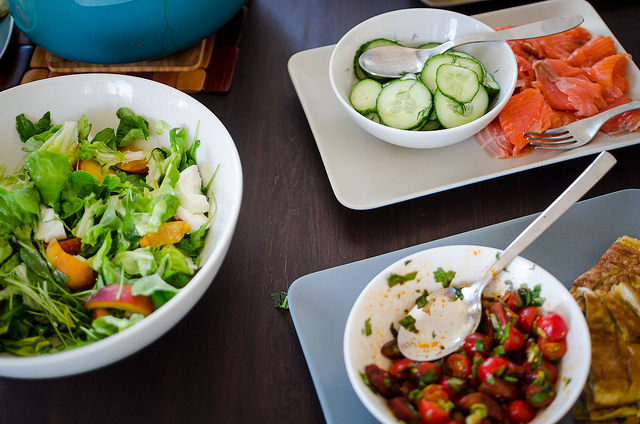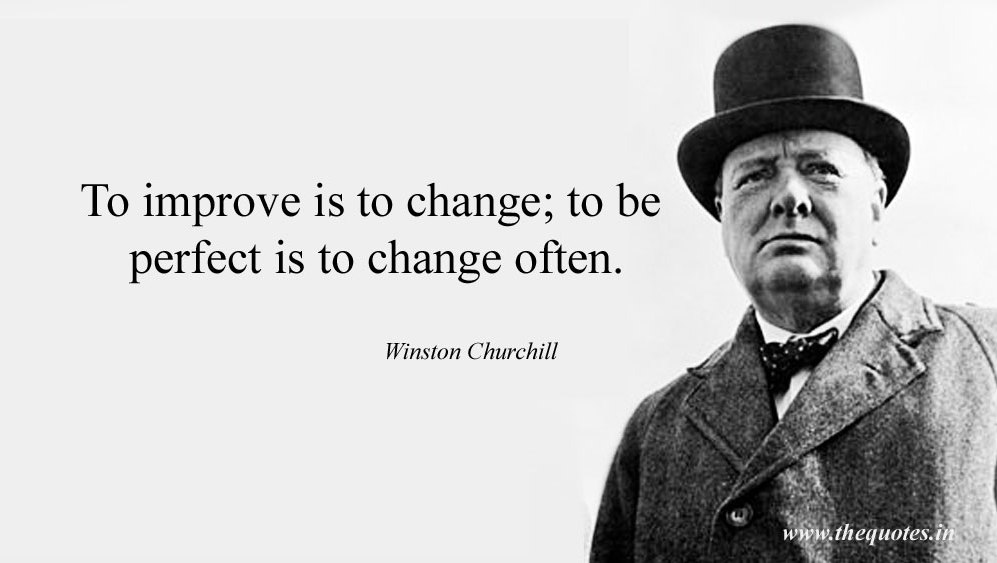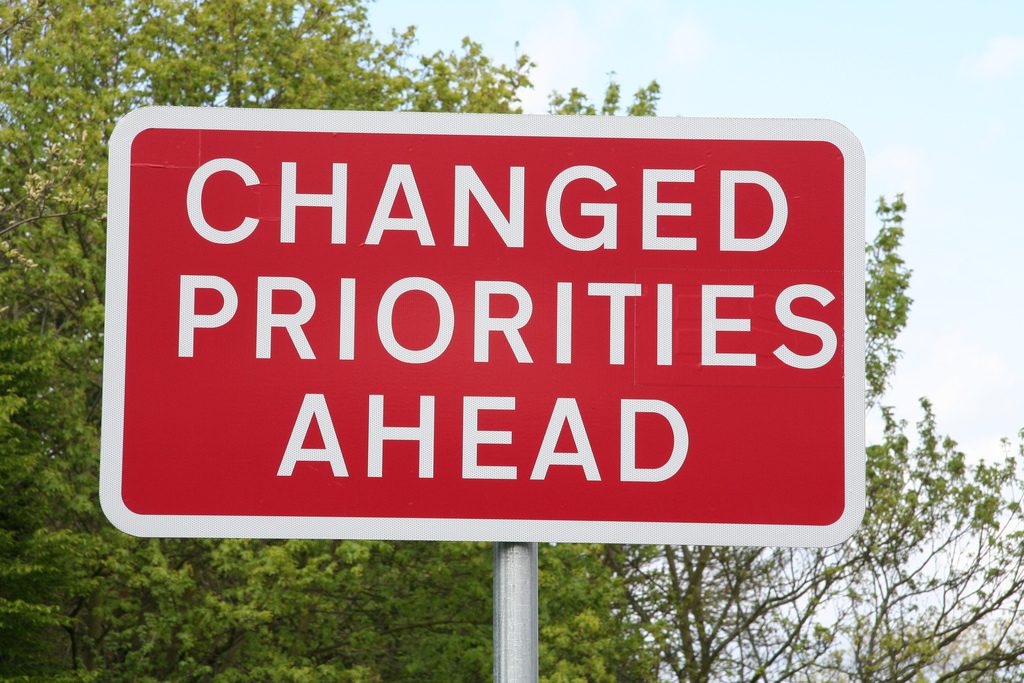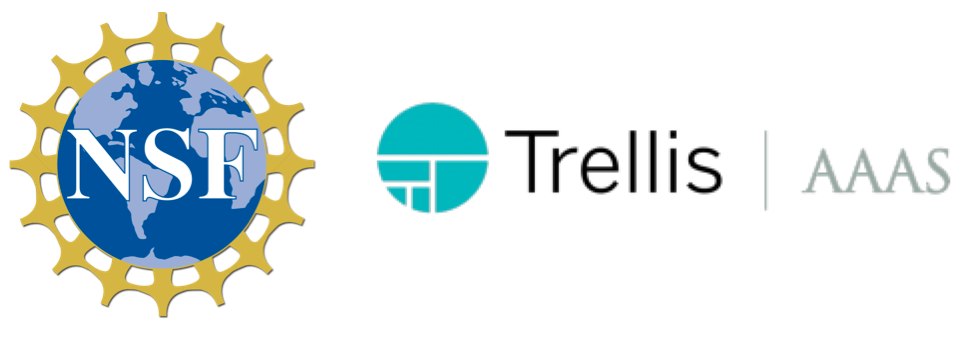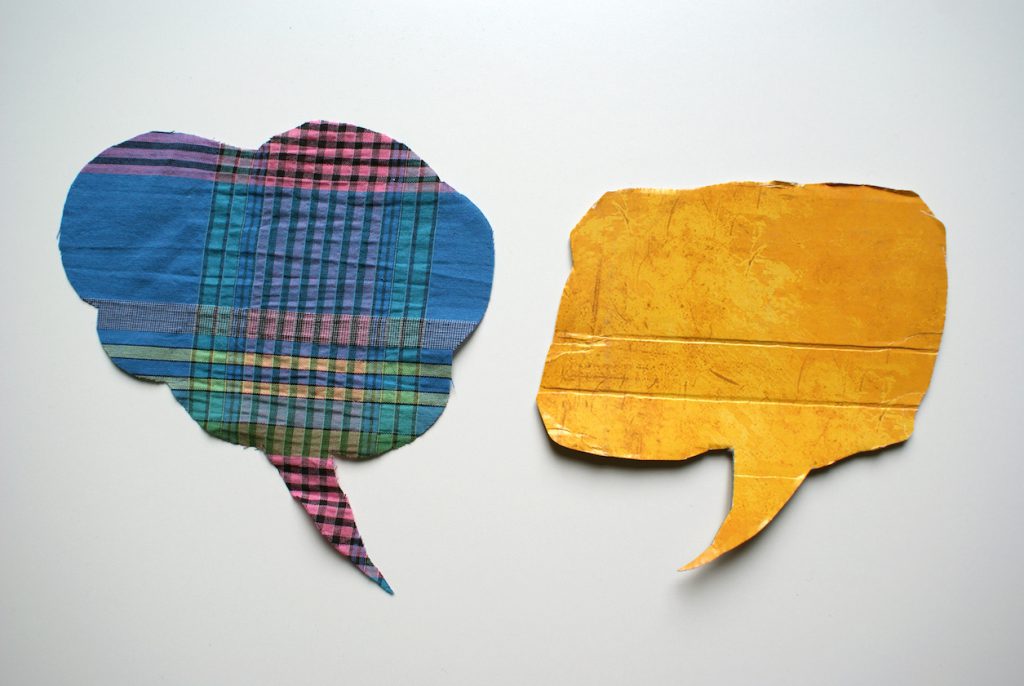We’re now mid-way through the first year of the AAAS Community Engagement Fellows Program (CEFP), funded by the Alfred P. Sloan Foundation. The first cohort of Fellows is made up of 17 scientific community managers working with a diverse range of scientific communities. As they continue to develop their community engagement skills and apply some of the ideas and strategies from their training, the Fellows will report back on the Trellis blog, sharing their challenges, discoveries, and insights. Today, Fellow Rebecca Polk shares her takeaways from the Social Shake-Up Show, a social media conference held in Atlanta May 22-24, 2017.
Posted by Rebecca Polk, Manager, Membership Programs, Marketing and Communications at the American Society of Agronomy.

A Community Engagement Manager will find they wear many “hats”, creating content while managing tasks related to scientific collaboration, meeting planning, website development, social media planning and scheduling. I recently had the privilege to attend the Social Shake-Up and learn from 3 days of sessions and networking events. From this experience, I have identified several key social strategies that were insightful and I feel others could benefit from as well.
Continue reading “Top social strategies for community managers: Social Shake-Up Recap”
